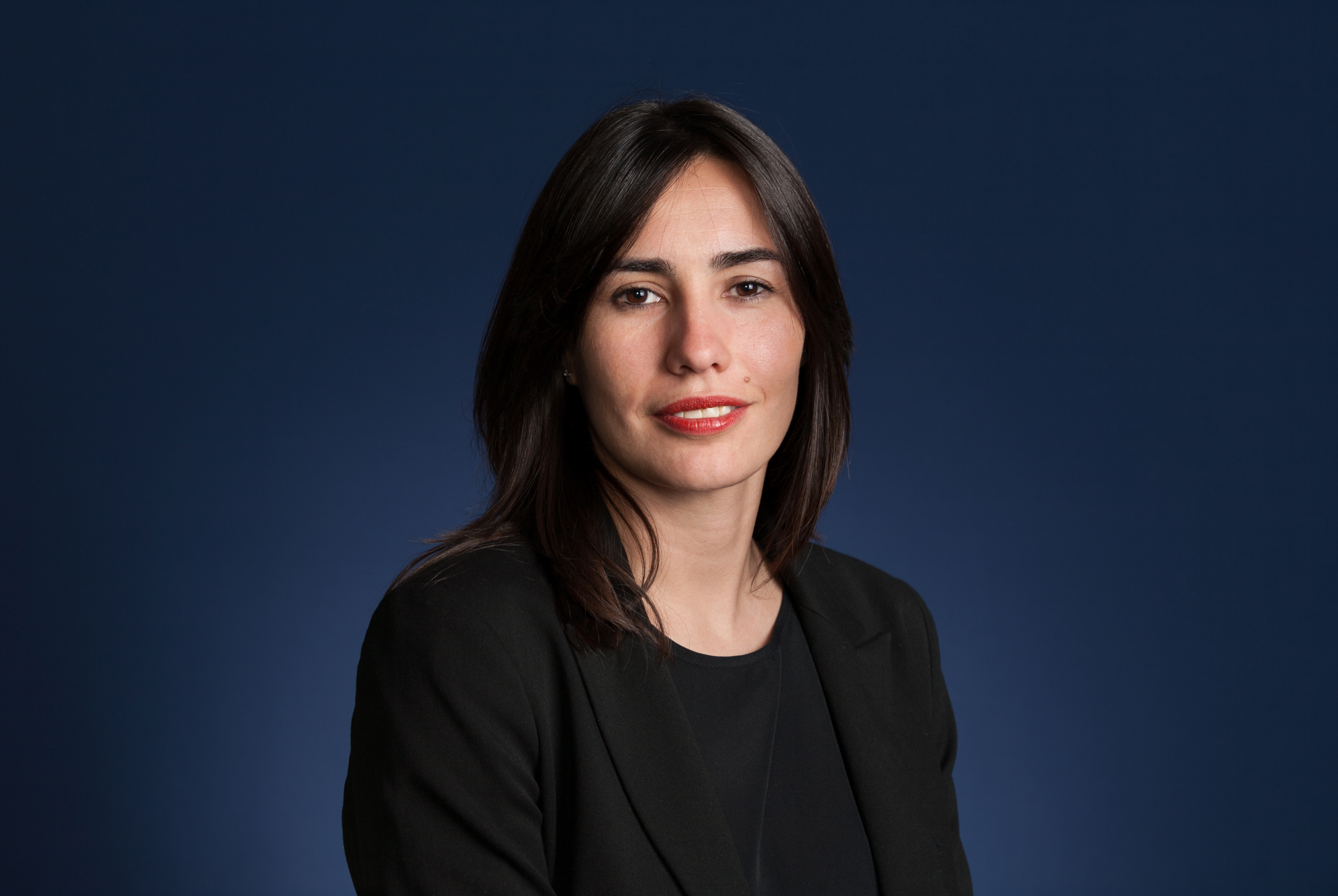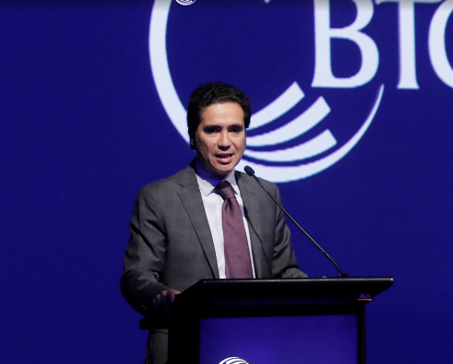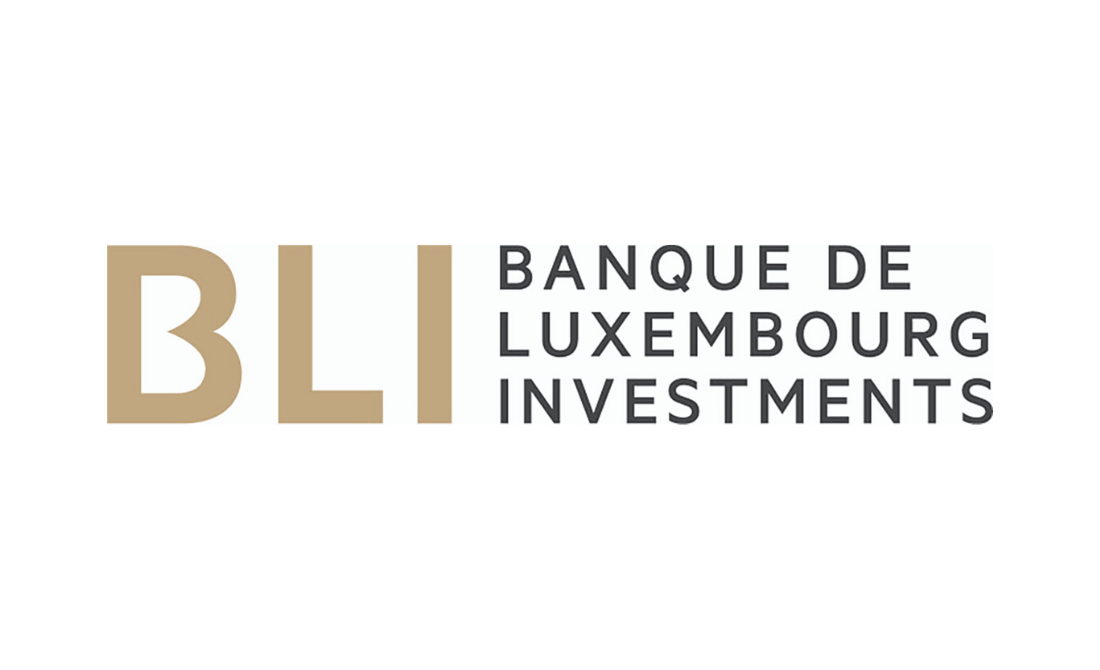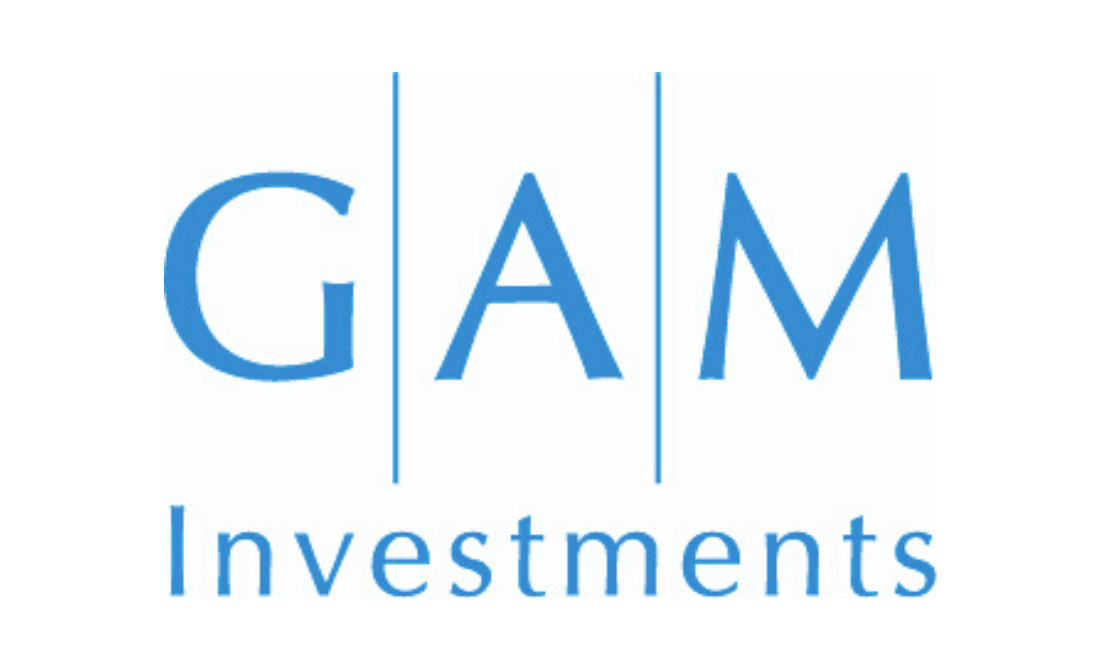El programa de liderazgo femenino Santander W50 estrena edición en Europa
| Por Clara Suarez | 0 Comentarios

Banco Santander, a través de Santander Universidades, lanza la décima edición de su programa de liderazgo femenino Santander W50. Este año se celebrará por primera vez en Europa, en colaboración con London School of Economics and Political Science (LSE).
Según explica la entidad, este programa internacional, en el que ya han participado casi 700 profesionales de 33 países, proporciona formación de alto impacto a mujeres profesionales de todo el mundo para desempeñar cargos en la alta dirección y futuros consejos de administración. A lo largo del programa, que ofrece sesiones preparatorias y seis días de formación presencial en LSE en el mes de julio, las participantes obtendrán conocimientos sobre cuestiones clave del gobierno corporativo, establecer una red de futuras líderes en sus sectores y se fomentará el networking y el diálogo continuado. Además, las candidatas deben manejar un inglés fluido, contar con una experiencia laboral entre 10 y 20 años en posiciones de responsabilidad y demostrar su instinto de liderazgo.
La formación está dirigida a materias esenciales de liderazgo como inteligencia organizacional, gobierno corporativo, estrategia empresarial o negociación y será impartida por las expertas en management Connson Locke, Emma Soane y Rebecca Newton de la LSE. Además, se ha creado la web SW50 – The next generation of Leading Women con historias y testimonios de participantes en el programa. Las bases de la convocatoria y la solicitud de la beca pueden consultarse y tramitarse a través de este link.
Aunque la presencia femenina en estos puestos gana terreno de forma paulatina, a día de hoy, muchas empresas siguen lejos de objetivos como el recomendado por el Código de Buen Gobierno de la CNMV de alcanzar un 30% de mujeres en los consejos de administración de las empresas cotizadas para 2020. En este sentido, Banco Santander, cuenta con un 40% de mujeres en su consejo y aspira a estar entre el 40% y el 60%. Además, impulsa programas de empoderamiento y respaldo del papel de la mujer en el mundo de los negocios como Santander W50.
“Banco Santander mantiene un firme compromiso con el progreso y el crecimiento inclusivo y sostenible con una apuesta consolidada por la Educación Superior que le distingue del resto de entidades financieras del mundo”, asegura la entidad. Con más de 1.880 millones de euros destinados a iniciativas académicas desde 2002 a través de Santander Universidades y más de 440.000 becas y ayudas universitarias concedidas desde 2005, ha sido reconocida la empresa que más invierte en educación en el mundo (Informe Varkey/ UNESCO / Fortune 500), con 1.000 acuerdos con universidades e instituciones de 22 países.












